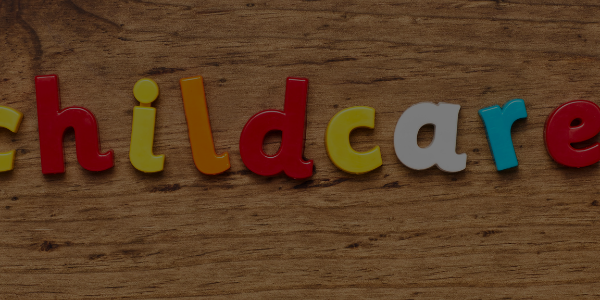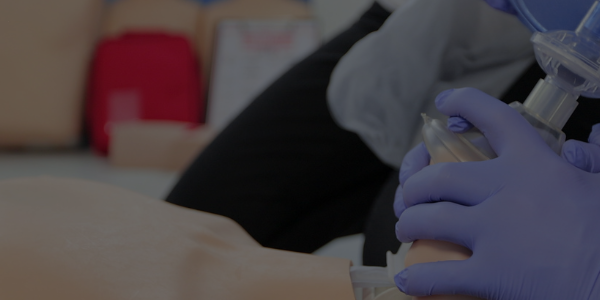An electrical shock may cause burns, or it may leave no visible mark on the skin. In either case, an electrical current passing through the body can cause internal damage, cardiac arrest or other injury. Under certain circumstances, even a small amount of electricity can be fatal.
Caution
- Don’t touch the injured person if he or she is still in contact with the electrical current.
- Call 911 or your local emergency number if the source of the burn is a high-voltage wire or lightning. Don’t get near high-voltage wires until the power is turned off. Overhead power lines usually aren’t insulated. Stay at least 20 feet (about 6 meters) away — farther if wires are jumping and sparking.
- Don’t move a person with an electrical injury unless he or she is in immediate danger.
When to seek Emergency Care during Electrical Shock
Call 911 or your local emergency number if the injured person experiences:
- Severe burns
- Confusion
- Difficulty breathing
- Heart rhythm problems (arrhythmias)
- Cardiac arrest
- Muscle pain and contractions
- Seizures
- Loss of consciousness
How to treat Electical Shock & Burns
Take these actions immediately while waiting for medical help:
- Turn off the source of electricity, if possible. If not, move the source away from you and the person, using a dry, nonconducting object made of cardboard, plastic or wood.
- Begin CPR if the person shows no signs of circulation, such as breathing, coughing or movement.
- Try to prevent the injured person from becoming chilled.
- Apply a bandage.Cover any burned areas with a sterile gauze bandage, if available, or a clean cloth. Don’t use a blanket or towel, because loose fibers can stick to the burns. An electrical shock may cause burns, or it may leave no visible mark on the skin.
Please note that regular First Aid and CPR Training is the best way to make sure that you’re prepare in the case of an emergency. Book a course with us
Find this article useful? Read more of our blogs here!





